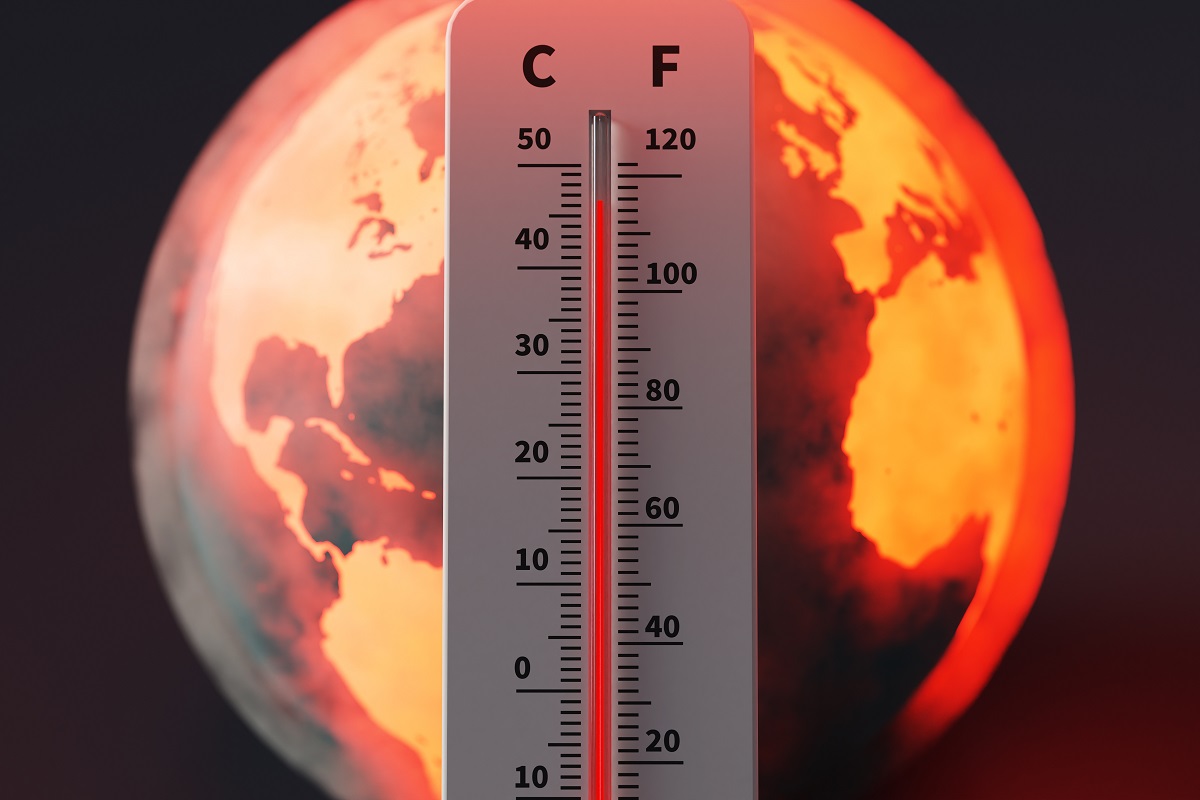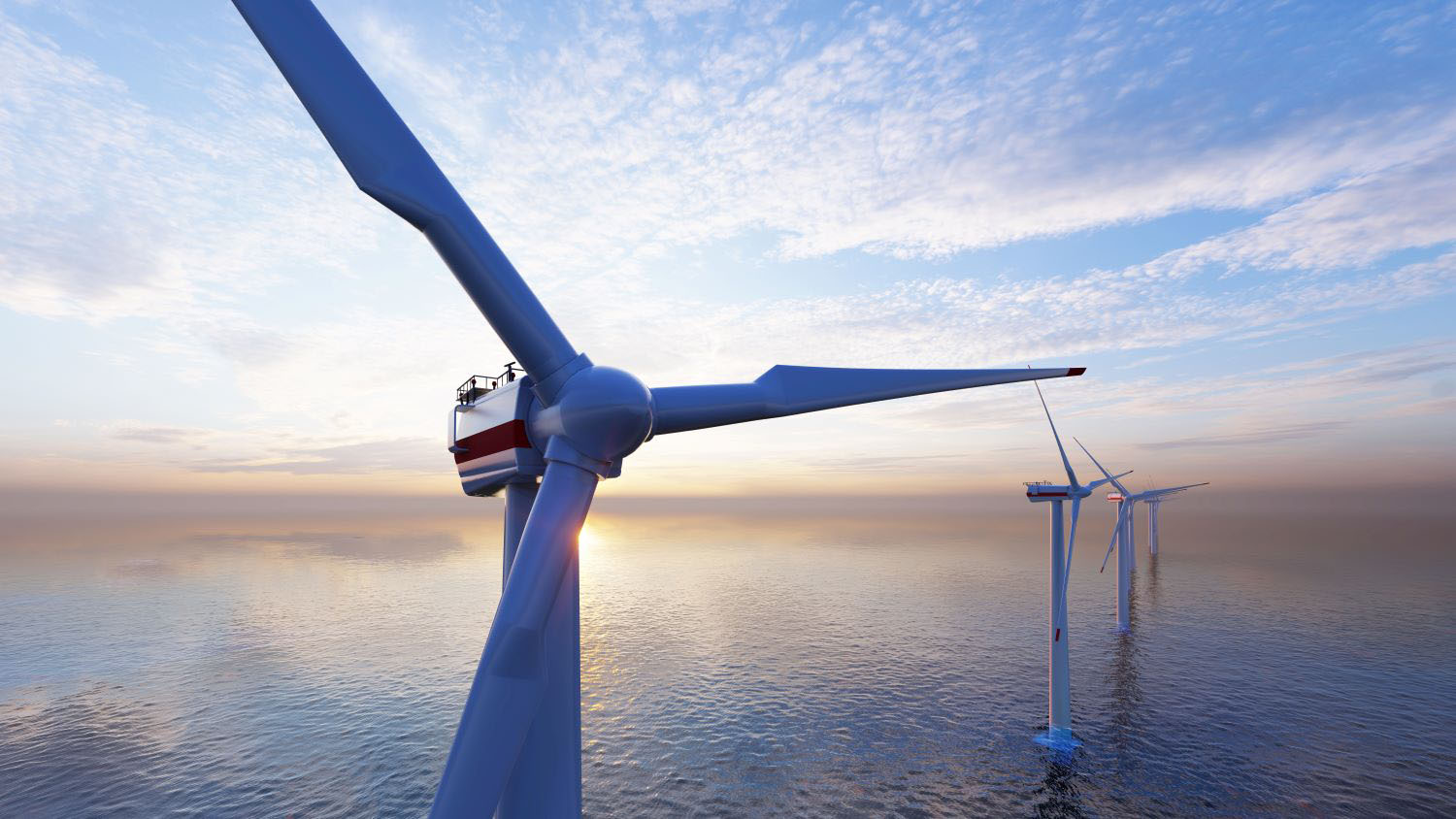Recommended
The latest climate COP, or “Conference of the Parties to the United Nations Framework Convention on Climate Change,” got underway today in Dubai. It will be attended by thousands of delegates from governments, the private sector, media, and civil society, with two hectic weeks of events and negotiations to agree on ways to address the climate crisis.
The summit comes after a year of record-breaking weather extremes, and the recent publication of a Global Stocktake (GST) report that highlights just how far off-track the world is in terms of meeting the Paris Agreement’s objectives of a) reducing emissions to limit global temperature increases to 1.5 °C above pre-industrial levels, b) increasing the ability to adapt to the adverse impacts of climate change, and c) making finance flows consistent with a pathway towards low greenhouse gas emissions and climate resilient development.
COP28 began today with the start of a two-day Climate Action Summit at which Heads of State and world leaders will set out initial responses to the GST and provide political direction for the coming discussions and negotiations. These will take place over a series of thematic days over 2 weeks before the Conference concludes, hopefully, with an agreement that sets out a way forward in response to the GST. It will, as always, be frenetic, tense, unpredictable, and not a little chaotic. Expectations for COP28 are low, but that’s not to say it doesn’t matter. In fact, it matters more now than ever.
Here’s a run through of some of the agenda items we’ll be watching for over the next two weeks, and key CGD work that relates to this agenda, with a focus on three key areas:
Climate finance
Discussions around climate finance in the run up to COP28 have been mired in arguments about who should pay, who should be eligible to receive, how much is needed, and who should administer funds.
A failure by developed countries to deliver on the initial $100bn climate finance goal (first mooted in 2009 by then UK Prime Minister Gordon Brown, and agreed to at COP15 in Copenhagen) has created distrust between developed and developing countries. Recent news that the promise may finally have been met in 2022, however, is encouraging, and should facilitate discussion towards agreement of the New Collective Quantified Goal (NCQG) that is supposed to be agreed by COP29 at the end of next year. But debates continue about its potential size, structure, and sources of finance.
Ian Mitchell argues that when negotiators gather to discuss the NCQG, developing countries would be wise to push for a combined climate and development finance goal. Such a target would remove the incentive to greenwash development finance, ensure additional resources for climate—rather than relabelled or redirected financing—and through clearer measurement, would help to build trust. Either way, the case for bolder commitments on climate finance is strong.
Discussions around a scaled-up role for the Multilateral Development Banks, and for private finance, are also on the cards.
There will also be a particular focus on adaptation finance—which has historically been dwarfed by ‘mitigation’ finance aimed at reducing emissions—with calls to see progress on the commitment at COP26 in Glasgow to double the volume of adaptation finance to $40bn by 2025. For developing countries most affected by climate change, this is of critical importance. The quality and allocation of adaptation finance is important too.
Calls to improve the transparency and credibility of climate finance will continue, with growing concerns that the data provided are inconsistent, incomparable, and overstate the true levels of support. CGD colleagues have recently examined World Bank climate spending, and questioned how projects are labelled, as well as the lack of correlation between finance provided to a country and its level of risk from climate change.
Whether it’s climate finance for $100bn goal, or for funding Loss and Damage facility, in a recent paper, Jonathan Beynon explored what ‘fair shares’ of climate finance might look like and found that developed countries should continue to take primary responsibility (with the USA shouldering at least 40 percent of the burden). But there is a strong case for non-traditional donors to provide 20–30 percent of any total, with China (range of 5–10 percent), Russia, South Korea, Saudi Arabia, Taiwan, Poland, the United Arab Emirates, and Mexico consistently featuring in the top 20. The collective fair share of all low- and lower-middle-income countries, least developed countries, and small island developing states is negligible.
Last year’s breakthrough agreement to establish a dedicated Loss and Damage Fund has since been beset by arguments about who should contribute what, and who should manage it. The Biden administration and other advanced economies want the fund to reside at the World Bank, where they would have more control, while developing countries want it housed at the United Nations. A fragile agreement was reached last month with the World Bank recommended as interim host for the fund and, in a major breakthrough, these recommendations were adopted by the COP on its very first day though as ever, it seemed much of the initial finance is from existing aid budgets.
Fossils fuels and the energy transition
Further commitments to reduce emissions are essential. Current pledges are insufficient, with the latest NDCs—the Nationally Determined Contributions that set out countries’ plans to reduce emissions—expected to result in temperature increases of 2.5–2.9⁰C. So far this year, only nine countries have announced more ambitious targets. Consensus is building around the need to triple renewable energy capacity by 2030 and to reduce methane emissions, but bolder announcements about the phasing out of fossil fuels and the removal of fossil fuel subsidies (which reached $7 trillion in 2022) are looking unlikely.
CGD work has shown that even rapid growth in the 50 lowest income economies over the next decade would leave per-head emissions at a fraction of those elsewhere. Emissions are growing fastest in large middle income countries; and on a per head basis have overtaken those of some high income countries. But OECD countries are responsible for well over half of historic emissions, creating a liability that is already worth over $15 trillion and is still growing.
Negotiations at COP-28 will be presided over by UAE’s Minister of Industry and Advanced Technology, Dr Sultan al-Jaber, but his position as managing director and group CEO of the Abu Dhabi National Oil Company (ADNOC Group), and the growing influence of fossil fuel lobbyists at COPs more generally, have caused controversy and raised concerns about impartiality in the climate talks.
There will also, rightly, be demands that the energy transitions be ‘just’, ensuring that workers and communities most affected by the shift out of fossil fuels are supported. A recent CGD podcast tackled the question of whether the twin goals of equitable energy access and climate mitigation are at odds.
Carbon pricing and trade
Carbon border adjustment mechanisms are likely to be a source of tension. The EU’s efforts to avoid emissions leakage is having damaging impacts on developing countries, who of course emit just a fraction of what the EU does. CGD co-hosted an event earlier this month, highlighting that lower-income countries have very limited ability to implement carbon pricing.
Carbon markets will also be a key area for policy discussion. Brazil, who are coming into the G20 presidency, is proposing a mechanism which would fund the preservation of forests. CGD research has shown that if the benefits could be monetised, they could increase the GDP of the six countries supporting the Congo Basin Forest by over a third. But any scheme must be well-designed to ensure there are incentives to preserve the forests; and is not open to greenwashing, as many private carbon offset markets can be.
Climate and development updates
CGD experts will be on the ground at COP28 and watching closely over the next two weeks for news, events and outcomes of discussions which will impact developing countries. Watch this space for more news.
Disclaimer
CGD blog posts reflect the views of the authors, drawing on prior research and experience in their areas of expertise. CGD is a nonpartisan, independent organization and does not take institutional positions.
Image credit for social media/web: Timon / Adobe Stock







